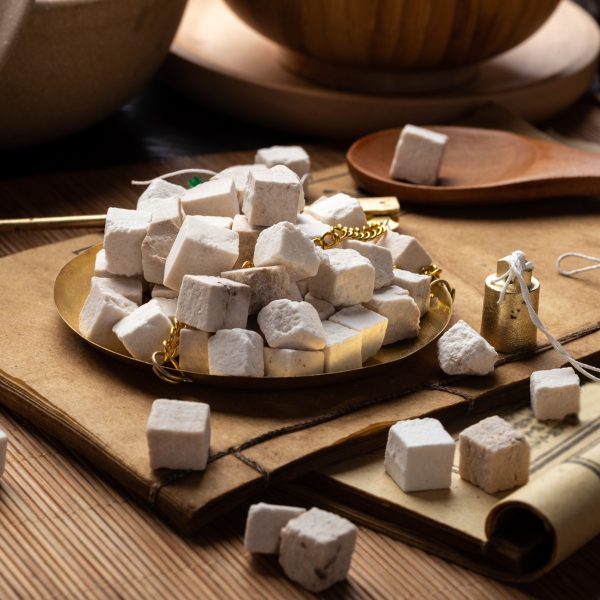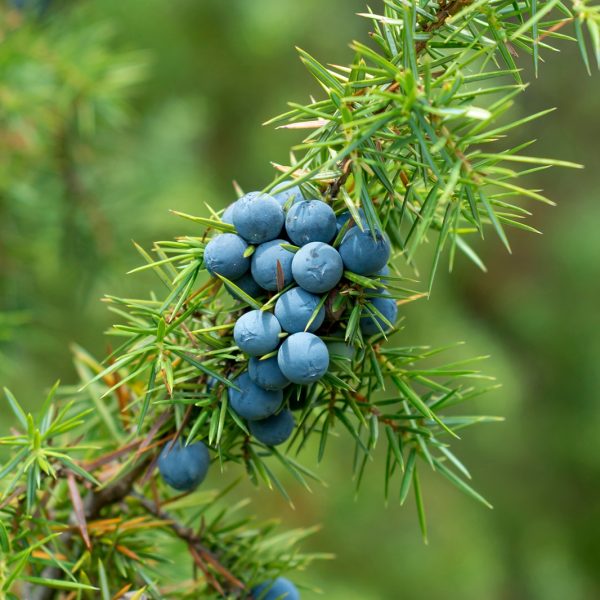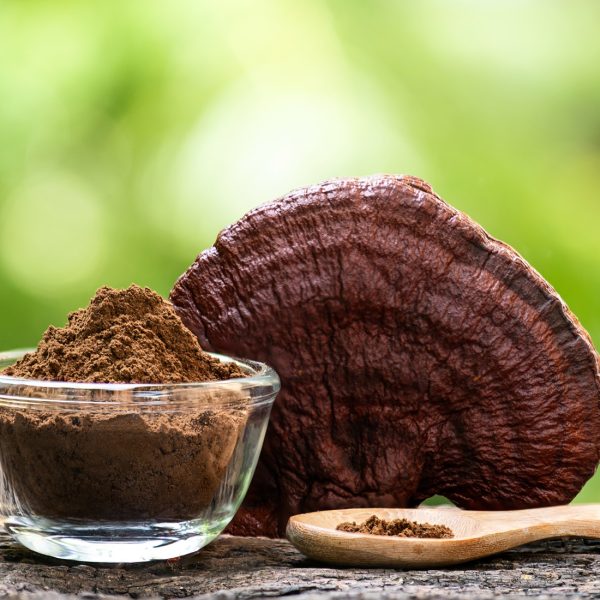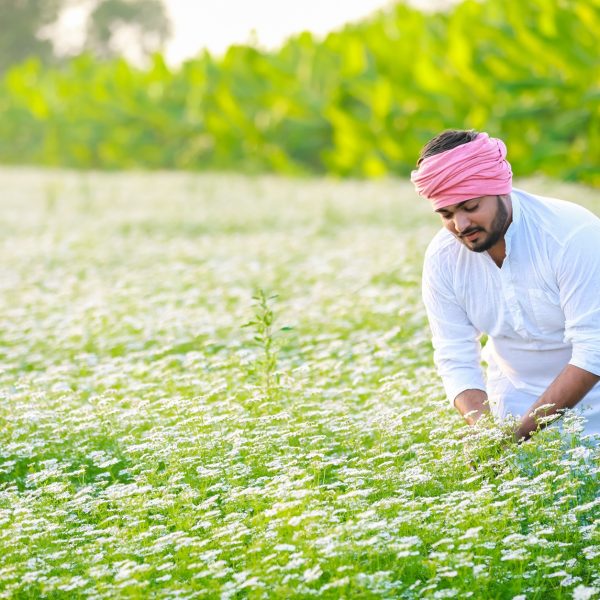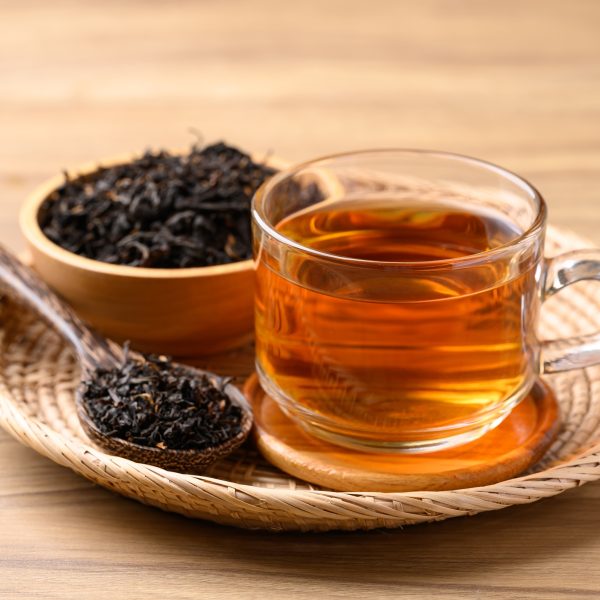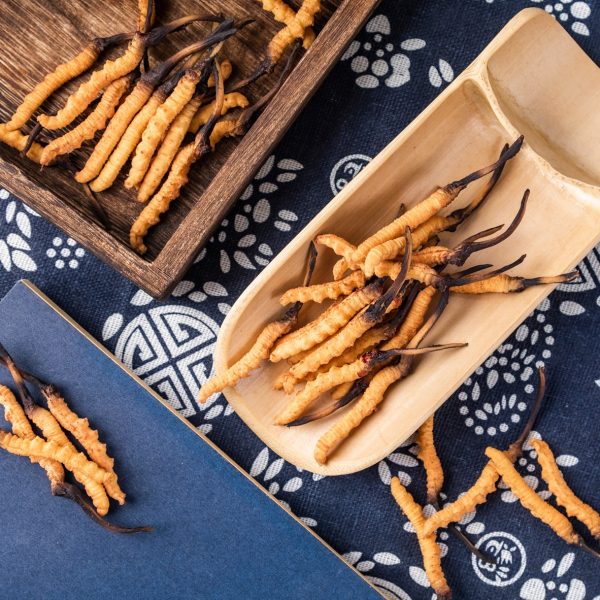What is a herbal cream and what can you use it for?

Herbal creams are a mixture of herbal infusion or decoction, carrier oils (olive or almond oil for example), emulsifiers (such as beeswax) and essential oils. They can also be enriched with the addition of substances like herbal tinctures and floral waters.
They can be slightly trickier to make than salves and ointments as they require mixing oils and water together which naturally want to separate. But when brewed up in the right way and with the assistance of an emulsifier that allows the water and oil to bind together, you can create an unctuous and silky cream.
Herbal creams are used extensively for nourishing, softening and moisturising the skin and are powerful allies in healing broken or bruised skin and soothing irritated skin.
Examples of herbs to use for herbal creams
Some common herbs used in creams include:
- Aloe vera for cooling sore muscles
- Arnica for sprains and bruises
- Calendula as an anti-inflammatory
- Comfrey to assist the healing of external ulcers, washing wounds, fractures, varicose veins
- Goldenseal and/or myrrh as an antiseptic
- Witch hazel for bruises, aches and pains
Making your own herbal cream

- Level of difficulty: Moderate
- Time to make: 1.5 hours
Equipment
- Small scales
- Small whisk or electric latte whisk
- Digital cooking thermometer
- Measuring spoons/jugs
- 2 heatproof jam jars or 2 glass bowls
- 2 pans
- Empty jar for final product
- Blank label and marker pen
Ingredients
- 50ml of flower water or a concentrated herbal tea or decoction
- 50ml oil (such as olive, almond, calendula oil)
- 10g shea butter
- 10g beeswax
- 5g emulsifying wax
- Optional: 10 drops essential oil
Method
- If you are using a flower water or similar, prepare this first.
- Measure out the shea butter, beeswax and oil into a glass bowl. Place over a bain marie for 20 minutes.
- Separately measure out the flower water and emulsifying wax. Place over a second bain marie until melted.
- Both mixtures should be at a similar temperature. You can check this with a digital thermometer or check carefully with your fingers.
- Pour the flower water mixture into the oil mixture, whisking vigorously until combined. You can use a whisk for this.
- As it cools, you will find the mixture turns into a creamy consistency.
- Add your essential oils (optional).
- Pour into a sterilised jar and label.
How to use your herbal cream
Apply to the area 2-3 times daily
Herbal cream safety
Home-made creams are best stored in the fridge.
Tips for making herbal creams
- Make sure all the equipment is sterilised to avoid the growth of bacteria.
- Whenever water is added to a recipe, microbial proliferation is assured so using distilled water is a good idea.
Bibliography
- Chown V, Walker K. The Handmade Apothecary: Healing Herbal Remedies. New York: Sterling Ethos; 2018.
- Green J, Green A. The Herbal Medicine-Makers’ Handbook: A Home Manual. Berkeley: Crossing Press; 2002.
- Heron B. How To Make Articles. Earthsong Seeds. https://earthsongseeds.co.uk/blog/. Accessed April 4, 2023.

